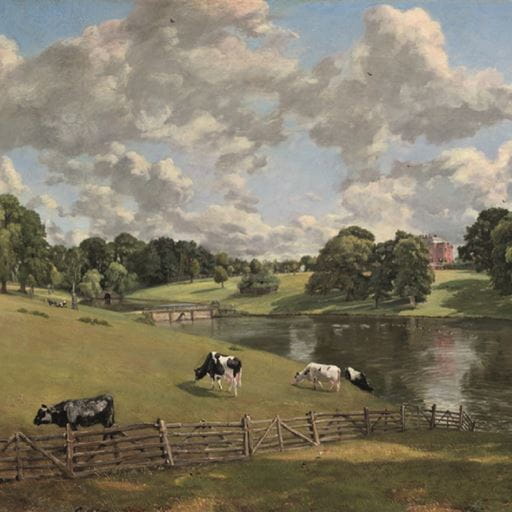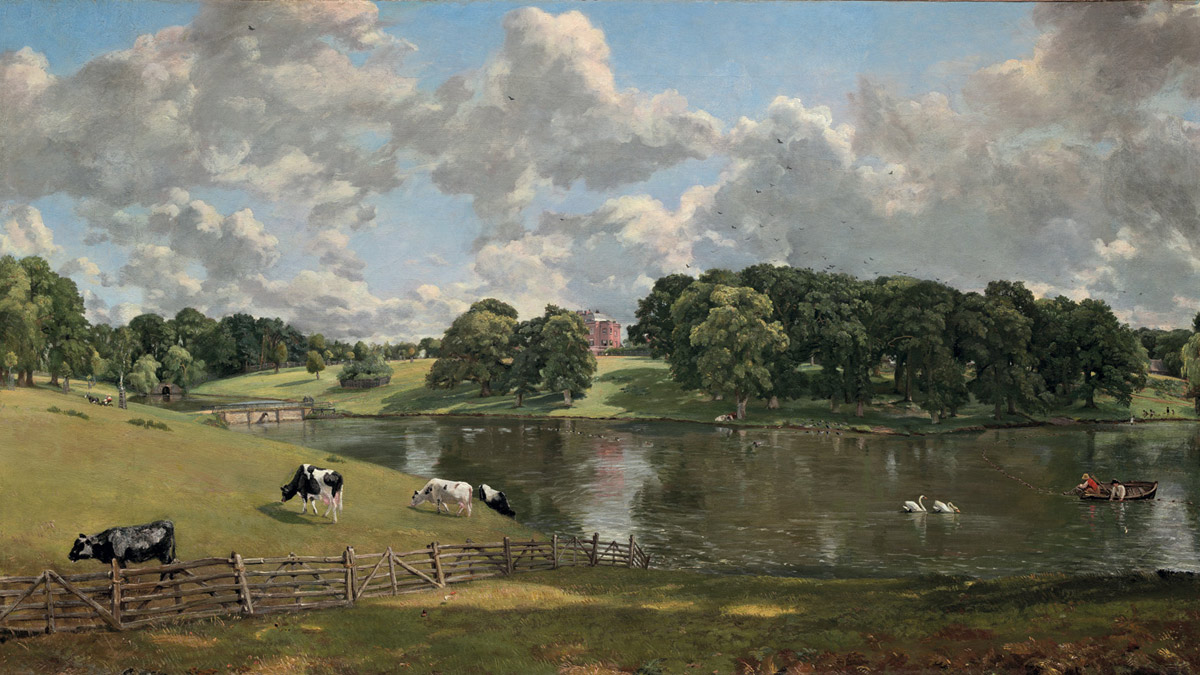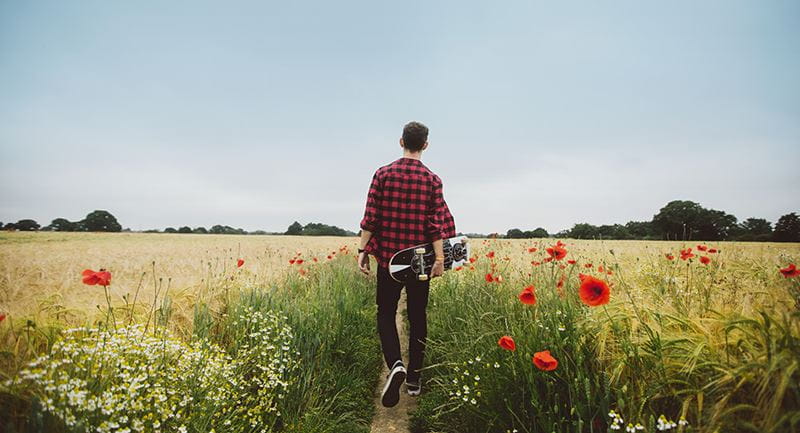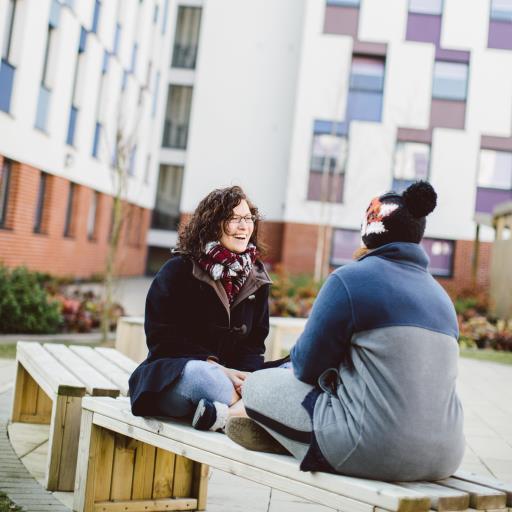History of the park

Timeline
In 1733, Isaac Lemyng Rebow purchased the land that now makes up Wivenhoe Park.
Originally colonised by large areas of trees, much of the land was turned into grassland for the husbandry of deer and cattle. Due to Isaac Lemyng's untimely death in 1734, it was his son, Isaac Martin Rebow, who commissioned London architect Thomas Reynolds to build Wivenhoe House in 1758.
In 1765, landscape architect, Richard Woods was employed to modify the grounds at Wivenhoe Park. This included enlarging the lakes and creating a stream between them and also the building of a bridge (seen in Constable's painting).
A coach drive that Woods planned to the house can still be followed between plantings of oak trees dating back to 1780. He kept many of the existing medieval trees and planted further trees - mainly oak and sweet chestnut. Many of the trees in his plan are still in the park. Lawns were recontoured to give a clear view from the house.
The work was completed within five years, just before the death of Isaac Martin Rebow.
Isaac Martin's daughter, Mary Hester, married General Francis Slater who, during his military career, brought back cuttings of cork oaks (supposedly in his boots). The fine trees that resulted can still be seen at the back of the house.
Francis took on the Rebow family name and worked on extending the park and commissioned John Constable to make a series of paintings and drawings, including Wivenhoe Park. One of General Rebow's daughters can be seen in Wivenhoe Park where she has driven a donkey cart across the dam across the lake. A portrait of Rebow hangs in Wivenhoe House.
Constable's Wivenhoe Park
Wivenhoe Park is a striking landscape of more than 200 acres. It was immortalised in oils by world-famous painter John Constable in 1816. His masterpiece, Wivenhoe Park, now hangs in pride of place at the National Gallery of Art in Washington DC, but you can enjoy the park itself every day.
Our Arts and Gallery Director, Jess Twyman, explores the history of the painting in her blog post Constable's Wivenhoe Park.

Remodelling Wivenhoe House and the park
Later in the 1800s, John Gurdon Rebow, the spouse of a Rebow descendant, spent a lot of money on elections, rebuilding Wivenhoe House and remodelling the park. Subsequently, the house in Constable's painting looks quite different to the house that stands there now. The house renovations were completed in a Flemish style, perhaps reflecting the Rebow family's Huguenot origins.
The grounds work was overseen by William Andrew Nesfield who is better known for his work at Kew Gardens. He planted a number of coniferous trees, including cedars, redwoods, firs and pines.
By the end of the agricultural boom, John Gurdon's son, Hector, was saddled with his father's debts. In 1902, Hector Rebow sold Wivenhoe Park to the Gooch family and in 1908 he was declared bankrupt.
The Lakes
The lower lake next to the Silberrad Student Centre was excavated in 1960. It has comparatively few trees around it but has a diversity of aquatic plants and insects on its margin. It also attracts a wide range of birds.
The middle lake and the top lake were originally separated by a dam - the site of the bridge in Constable's painting. The lakes were formed by damming a small brook running along the length of the valley. Lakeside House, the home of the Vice-Chancellor, now separates the two lakes.
It's difficult to be sure where Constable sat when he painted Wivenhoe Park, the view is almost certainly a composite one. Since we know that the width of the picture was extended unequally at both ends to include both the children's donkey cart and the deer house, it is impossible to point to a single spot.
At the head of the top lake is the site of the eighteenth century rock arch and boat house. All the that remains of the boat house is a brick arch under which the stream flows that feeds the three lakes.
To the south of the lake is a large mound, which are the remains of the ice house. At the north end of the ice house grounds, is one of the lodges built in 1846.
Wivenhoe House was commissioned during the Second World War and around 5000 troops were stationed here. Near the house there is a beautiful Cedar of Lebanon tree under which troops were briefed about the D-Day landings in 1944.
Replanting lost trees
Many of the trees were lost during the storm of October 1987. These were replaced with a mixture of scots pine, yews, larches and native Essex trees such as small-leaved lime and hornbeam.
There is also a holm oak planted by Oscar Arias, former President of Costa Rica and a graduate of the University.
The University's Grounds team now maintain the park and its important collection of trees. They do so in a spirit consistent with the work of both Woods and Constable whilst taking into account that it now lies next to a flourishing, modern University.


